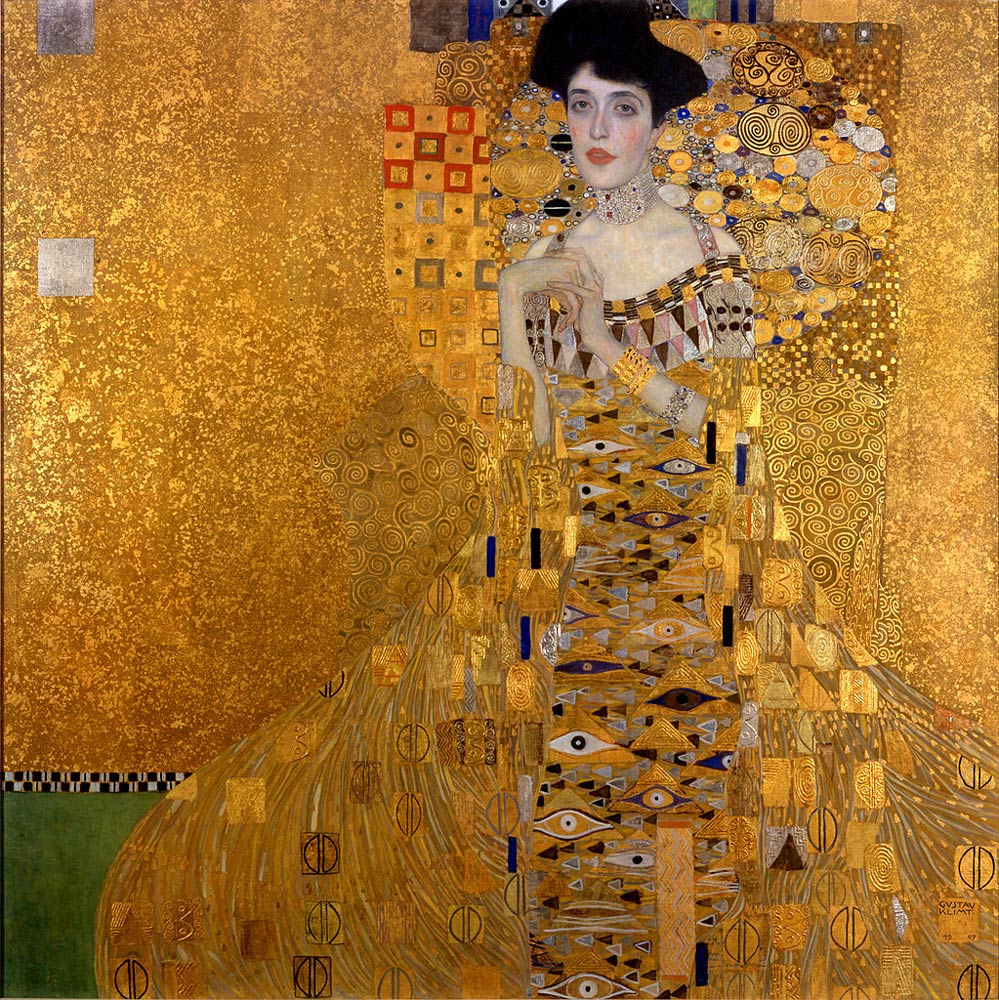Osiris und Isis
7:00 AM |
| Anselm Kiefer, Osiris und Isis, 1985-87 |
Anselm Kiefer lives and breathes myth. His artistic journey is one of reconciliation. His photographs reconcile Germanic mythology with the leading mythology of the day, Nazism. His installation pieces reconcile destruction and beauty. While he grew up in a German society that wished to forget the past, he was remembering it.
So why Egyptian? And why on such a large scale? Measuring in at 150 in. X 220.5 in. X 6.5 in., this piece towers over the viewers. The painting converges right in front of you, imtimidating you even further. The brick feels visceral, solid, and dirty with history.
The whole effect is one of transportation. You're in the world of gods, not of men. The galactic-looking sky and the wires strung across the canvas don't scream Osiris and Isis, but the title does. So here's the story. There once was a god named Osiris who ruled Egypt at a time of peace and plenty. His queen was Isis, the ideal mother and wife. Why was she so ideal? Because she combed the desert for her husband's body parts, but we haven't gotten to that yet. Osiris had a brother, Set. Set murders Osiris in a jealous rage and scatters the body parts across Egypt. Cue Isis and her amazing detective work. She not only finds every body part but re-members them enough to have a child with Osiris who would later rule Egypt himself, Horus. Because that's how biology works.
In this painting, Osiris' body parts are symbolized by the broken pieces of pottery, and Isis' efforts by the strands of cable connecting them together. Those broken shards are also Germany, shattered after WWII, trying to re-member a cultural narrative devoid of Nazis or reparations.











0 comments